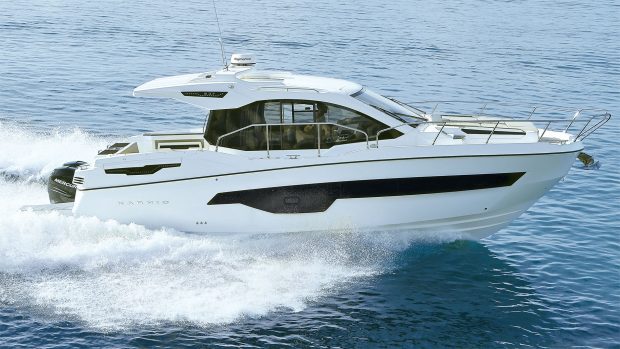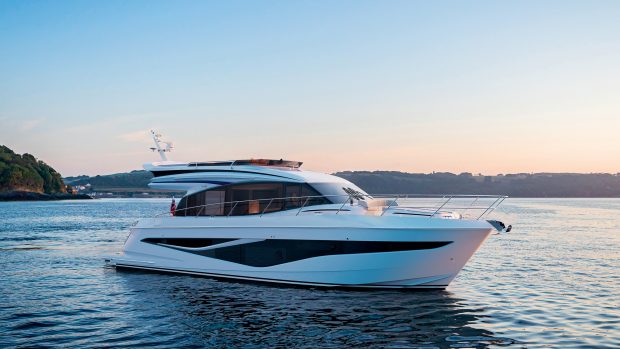Despite some dodgy charting Scott and Mary reach Pago Pago where they bid farewell to their accompanying crewmembers
Position: S14 16.35 W170 41.64
Pago Pago Harbour, American Samoa
Well, mis amigos, we are now in Pago, Pago (pronounced Pango Pango) although we’re lucky we made it here as both C-Map and Map Media charting were about 200 yards off to port, putting the boat on the rocks. But we’re not stupid so by using radar, binoculars, local buoys, and the brightly lit range markers we entered without a problem. We’d also had some prior warning about the inaccurate charting from Roger on N55New Paigeso nothing was a surprise.
To celebrate the rum and coke came out while the swabs supped on fruit juice and the next couple of days were spent checking in with immigration, celebrating one of the swabs’ birthdays and generally finding our feet.
Friday 15 August
Since arriving we have visited the local NOAA site at the top of the mountain overlooking Pago Pago harbour. We hired some cars and drove over to the far side of the island to the top of the hill and the station, which is one of four stations across the world that studies ozone depletion and global warming. The others are in the Arctic, Hawaii and Antarctica, roughly dividing the earth into four bands.
The station operator (not a scientist but a technician) believes global warming is a combination of cyclic climate change and human influence.
Altogether we spent three days exploring the island by car with the swabs. There is a coastal road around most of the island, along with roads that transverse the island here and there. The high roads are like driving through a mile-long nursery, while the west coast is spectacular, with detached small rock islands and a few palms growing on top.
One western road in particular, which was very narrow, is clearly seldom travelled along and there was grass growing through small cracks in the road to prove it. We drove under canopies of green, bordered by red flowers so vibrant that they seemed like they were on fire. The east coast of the island has shallow reefs that extend well out to sea. Cut in between the reef are deep areas of brilliant blues. The fishermen set their nets in the deep then walk along the side beating the water to drive the fish into the net. Other fishermen stand in a foot of water fishing just in front of them in one of the deep cuts in the reef. In the outlying areas the men, even when fishing, wear the traditional skirt.
Island life
The Samoans themselves are a deeply religious happy people. When we first arrived we couldn’t get used to cars honking at us and waving. Everywhere we go Kids on the street smile and wave or say hello and their parents do the same. After a while we got tired of smiling at every little happy face. All we wanted to do was get back to the boat and scowl for a while.
Although American Samoa is US territory the Samoans run their own lives. There are a few wild and crazy ex pats here and there but by and large there are no tourists other than the yachties. American Samoa is popular with yachties because it is the cheapest place in the entire Pacific for provisioning and buying hard goods, as there isn’t any import tax or sales tax.
Fond farewells
We are a bit deflated after the swabs left last night. We can’t tell you how much we enjoyed having them aboard, watching them evolve as time went by. From the beginning when their parents were here, right up until the end when they were obediently following instructions from Warden Mary and Capt Bligh. By the end they were cooking their own meals from time to time, making their beds and washing dishes when it was their turn. I like to think they realise what an opportunity this has been and how it has changed them. They both said they would like to return in their own boats some day. I believe it will be the cruising lifestyle – the floating, travelling community of like-minded folks, slowly wandering the globe, that will leave the most lasting impression.
Both swabs kept individual logs throughout their time with us. In the beginning it was a chore for them to write down their experiences of the day but by the end as soon as we returned to the boat they would head straight to their cabin to write about the day’s adventures.
So if you get the chance to change a young person’s life, grab it.
There you have it. A couple more days in The Life of the sad empty nesters. Ciao.
Caption: They will be missed – swabs Mark (left) and Eric










